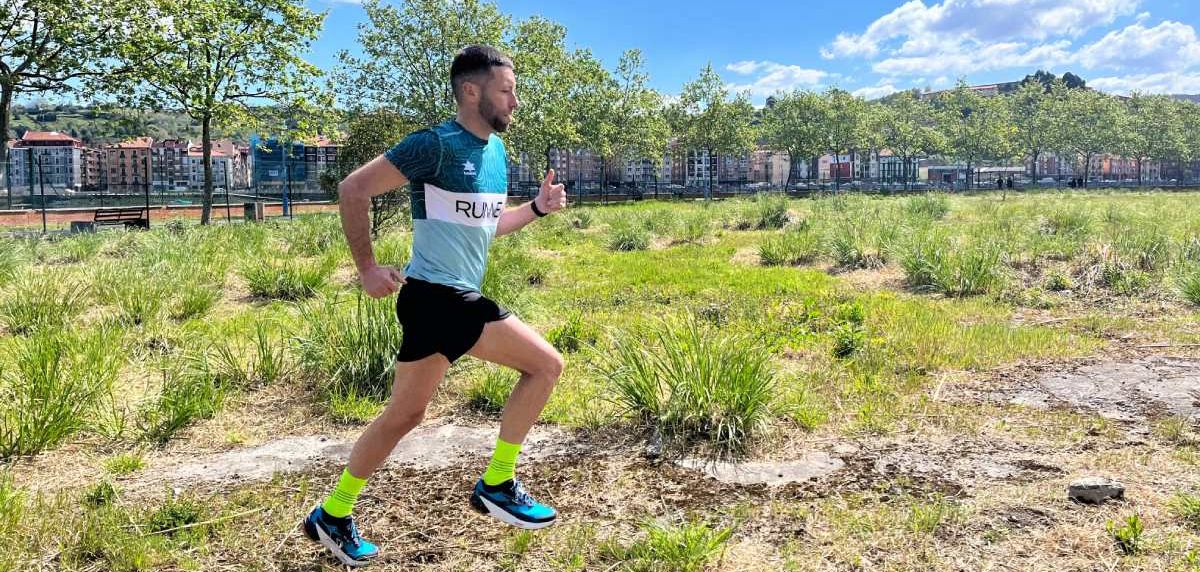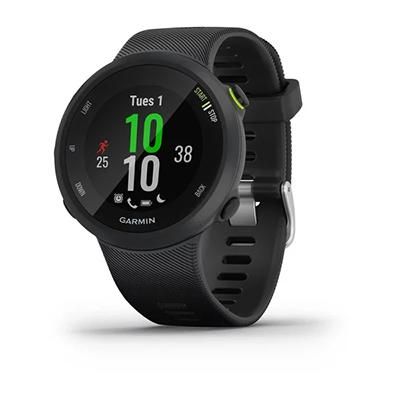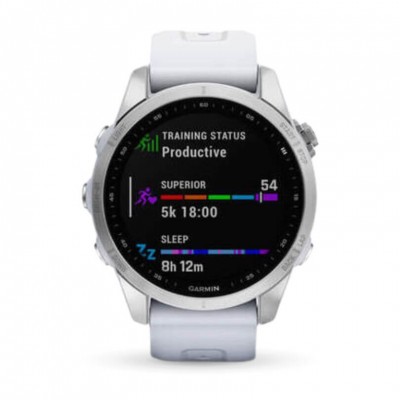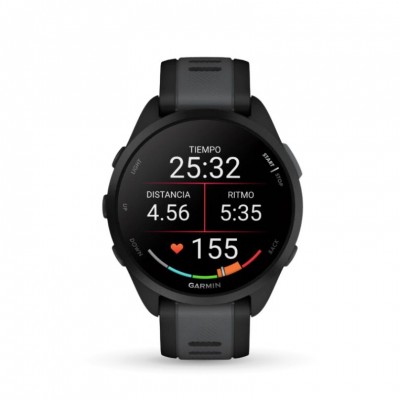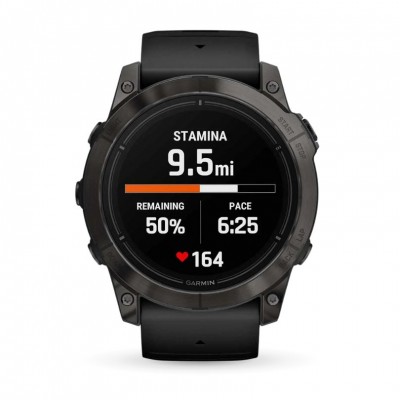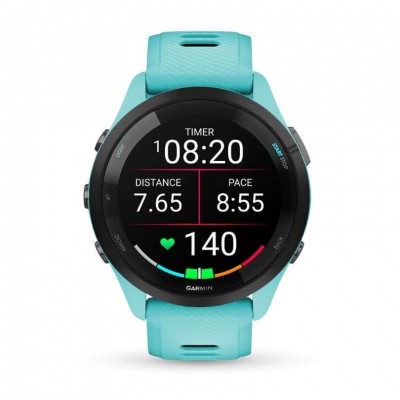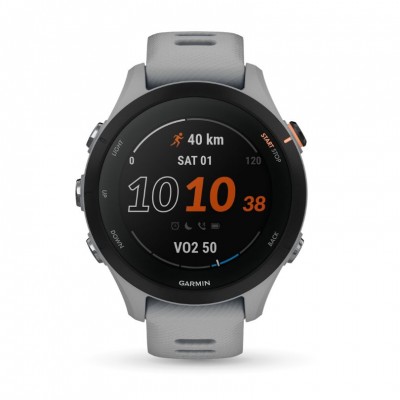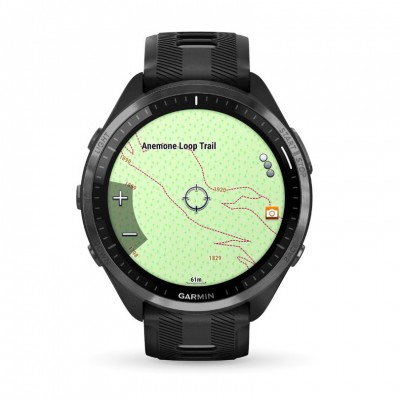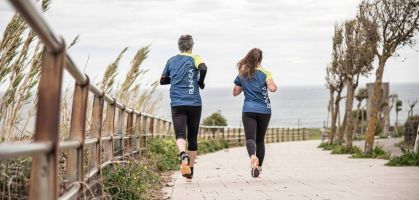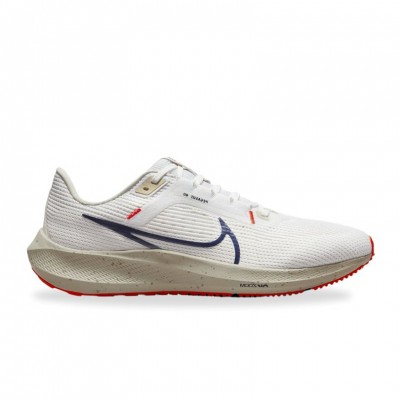When you get hooked on running you start looking for ways to be more efficient, to improve your paces. And there is one crucial component that is often overlooked but can make a big difference in your performance: cadence. We define it as the number of steps you take per minute while running. Let's try to break down why cadence is important and how finding your cadence can help you improve as a runner.
Not sure which shoe to choose?
In a few simple steps we help you to choose the ideal running shoe for you.
GO TO THE RECOMMENDERWhy is cadence so important?
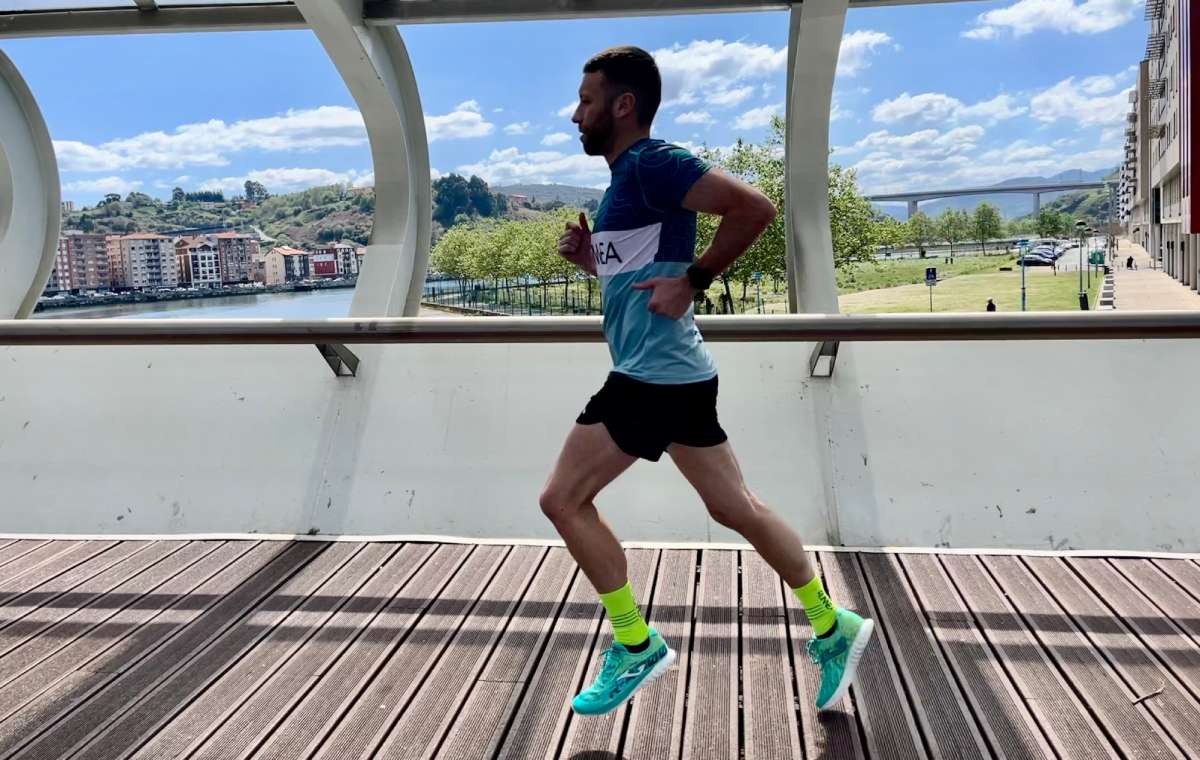
What's so special about cadence? According to a study by the University of Wisconsin Neuromuscular Biomechanics Laboratory, a high cadence can help you run more efficiently and reduce the risk of injury. In their research, they found that a pace of approximately 180 steps per minute proves to be ideal for many runners.
This number of strides was not selected at random. It was the result of observing elite athletes during their competitions, and upon analysis it was seen that they tend to maintain a cadence close to this value. However, it is crucial to understand that although the 180 figure is a good benchmark, it is not necessarily the optimal cadence for all runners.
Every runner is unique
During the 2018 Berlin Marathon, we had the opportunity to interview an elite Kenyan runner. Despite his considerable height, his cadence far exceeded the suggested 180 steps per minute mark. When I asked him about this, he simply smiled and said, "My body sets my pace, not a number."
This encounter illustrates a fundamental truth: every runner is unique. Your optimal cadence can vary depending on factors such as your height, speed, fitness level and the terrain on which you run.
A detailed plan to improve your cadence
If you are interested in improving your cadence, I propose a specific action plan based on the experience of several proven coaches we have spoken with:
Step 1: Know your current cadence
You can do this by running at a comfortable pace and counting the number of times your right foot touches the ground in one minute. Multiply that number by two to get your cadence. It is also possible that if you run with a heart rate monitor, your device will give you your cadence.
Step 2: Set your cadence goal
If your current cadence is significantly lower than 180, consider increasing it by 5-10% as a starting point. This gradual approach helps prevent injury and allows your body to adapt to the new cadence.
Step 3: Implement changes during your workouts
Test your new cadence during the easier sections of your workouts or during specific intervals. Running to music or a metronome that is set to your target cadence can be helpful.
Step 4: Evaluate and adjust
After a couple of weeks, evaluate how you feel with your new cadence. If you notice an improvement in your performance or efficiency, you may consider increasing your target cadence even further. If you don't feel comfortable or experience discomfort, it may be beneficial to return to your previous cadence or try a slightly lower target.
Step 5: Integrate the new cadence into your training routine
Once you feel comfortable with your new cadence, it's time to integrate it into all of your runs. Keep the focus on your cadence during long runs, speed sessions and recovery runs. Consistency is key.
What is the cadence of a 100m athlete vs. Kipchoge's cadence in a marathon?
Cadence in running can vary greatly depending on the distance of the race and the style of the runner. In general, sprint athletes, such as 100m athletes, will have a very high cadence during their sprint. It is not unusual for these athletes to reach a cadence of over 200 steps per minute during their sprint, as they are trying to generate maximum speed in a short period of time.
On the other hand, marathon runners, such as Eliud Kipchoge, will have a slightly lower cadence, though still high compared to the average runner. Kipchoge is known for maintaining a steady cadence of around 180-185 steps per minute during his marathons. This lower cadence (compared to sprinters) allows him to conserve energy and maintain a steady pace over the long marathon distance.
It is important to note that while these numbers can serve as benchmarks, optimal cadence can vary from individual to individual and depends on factors such as height, stride length, fitness and running technique.
Does having a higher cadence mean running faster?
Having a higher cadence does not necessarily mean running faster. Running speed depends on two factors: cadence (number of steps you take per minute) and stride length (distance you cover with each step). You can increase your speed by increasing either or both of these factors.
However, it has been observed that most elite runners maintain a high cadence, around 180 steps per minute or more. This is because a higher cadence can increase efficiency by minimising the time you spend in the air and the energy you expend to propel yourself upward rather than forward. It can also help reduce the risk of injury, as a higher cadence often means less impact with each step.
It's important to keep in mind that while cadence is an important component of running efficiency, it's only one piece of the puzzle. Running form, strength and flexibility, and cardiovascular endurance also play an important role in speed and efficiency.
In addition, while 180 steps per minute is a useful benchmark, it is not necessarily the optimal cadence for all runners. The ideal cadence can vary depending on factors such as height, speed, fitness level, and running terrain, among others. It is crucial to listen to your body and work with a coach or a health professional to determine the most effective and comfortable cadence for you.
How to improve your cadence while jogging?
Improving your cadence during jogging (or any running speed) is a gradual process that involves body awareness, practice and patience. Here are some tips to increase your cadence effectively and safely:
1. Know your current cadence: Before making any changes, first know where you're at. Run at your comfortable jogging pace and count the number of times your right foot touches the ground for one minute. Multiply that number by two to get your cadence.
2. Set a reasonable goal: A 5-10% increase in your cadence is a good starting goal. For example, if your current cadence is 160 steps per minute, try increasing it to 168-176 steps per minute.
3. Use a tool to keep you on pace: You can use a metronome or a running app that has a cadence function. You can also create a playlist with songs with a tempo matches your target cadence.
4. Introduce the new cadence gradually: Start applying the new cadence for short intervals during your runs, alternating it with periods of your normal cadence. Gradually, you can increase the duration of these intervals.
5. Practice proper running technique: Good running form can help you increase your cadence more efficiently. This includes maintaining an upright posture, moving your arms forward and backward (not side to side), and landing with your foot under your center of gravity, not in front of it.
6. Do cadence-specific drills: High-cadence drills, such as skips, heel to butt drills or "foot fires" (quick movements of the feet in the same place), can help you get used to moving your legs more quickly.
7. Track your progress: Keep track of your cadence during different types of runs and see how it changes over time. This can help you identify when you are ready to increase your cadence goal.
Remember, not every run needs to be done at your target cadence. Instead, try to integrate higher cadence sessions into your regular training routine. And it's always advisable to make any changes to your training routine in consultation with a health professional or a running coach to avoid injury.
Read more news about: Running Training
